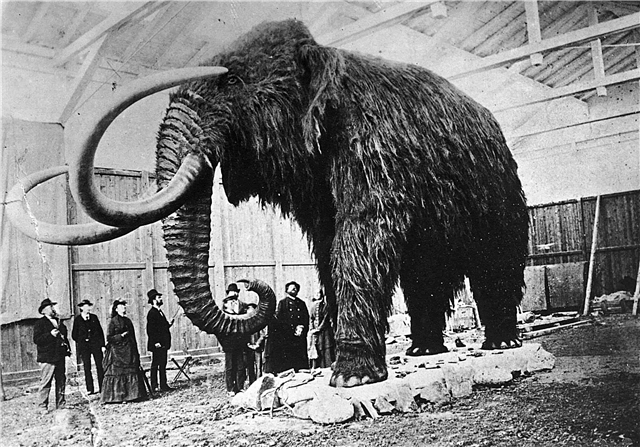
Black holes - space objects with a giant mass that absorb everything around. At first, the phenomenon was discovered by a network of telescopes from different countries. Using the capabilities of the TESS system made it possible to examine the phenomenon in more detail.
Black holes can “pull in” surrounding objects in different ways. For example, in some cases they “suck out” gas from the stellar envelope, and the celestial body will exist until the reactions of the synthesis of helium from hydrogen are extinguished. But if a celestial object comes too close to the event horizon of a black hole, the latter breaks it.
It is extremely rare to observe such an event. Scientists gave it the name "tidal destruction event." Over the history of observations in astronomy, this has been seen only 40 times. The detected tidal destruction exceeds similar phenomena in brightness and scale.
The code name for this absorption is ASASSN-19bt. The weight of a black hole is about 6 million times greater than the Sun (or 2 * 1034 tons). It is located in the center of the 2MASX galaxy J07001137-6602251 at a distance of about 375 million light-years from Earth in the constellation Flying Fish. The torn star was probably the same size as the sun.
Similar cases occur when celestial bodies come very close to massive black holes. These objects are located in the central regions of many galaxies, and the Milky Way is no exception. The most powerful gravitational force “sucks” all objects into the funnel, and before it breaks them. a disk consisting of a rapidly cooling stellar gas remains in place of a black hole.It is likely that similar processes may occur in the center of our galaxy, and soon astronomers will be able to detect a similar event closer to us. It will be more accessible for observation and analysis.
The black hole-eater was discovered by astronomers analyzing the data of the TESS telescope. It is specifically designed to search for exoplanets. Having fixed the object, they directed devices at it in order to study the processes occurring around it. From the beginning of the study, they discovered a number of unusual properties of a black hole.
It turned out that for several days the temperature of the gas disk around the black hole decreased from 40 thousand degrees to 20 thousand. Some of the remnants of stellar material move from the black hole, like a breeze. Nevertheless, their speed is insufficient to avoid their fate and not to fall into a gigantic superheavy object. As a result, they are also absorbed by a black hole.
The nature of this phenomenon remains unclear. It is possible that strong cooling is affected by gravitational processes in a black hole. Further observations of such a massive black hole will probably help to understand how the process of star absorption and the evolution of supermassive heavy objects in space develop.












